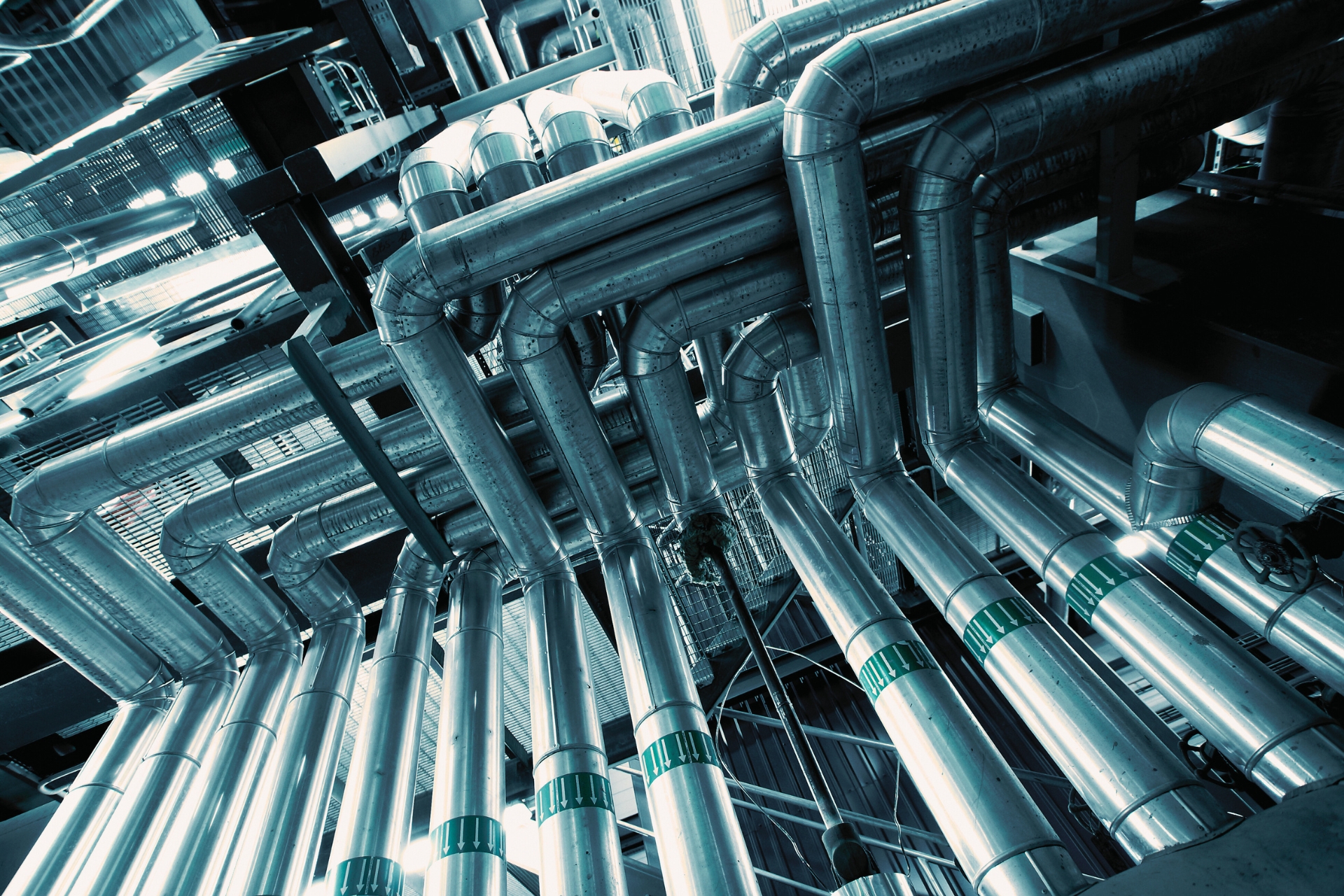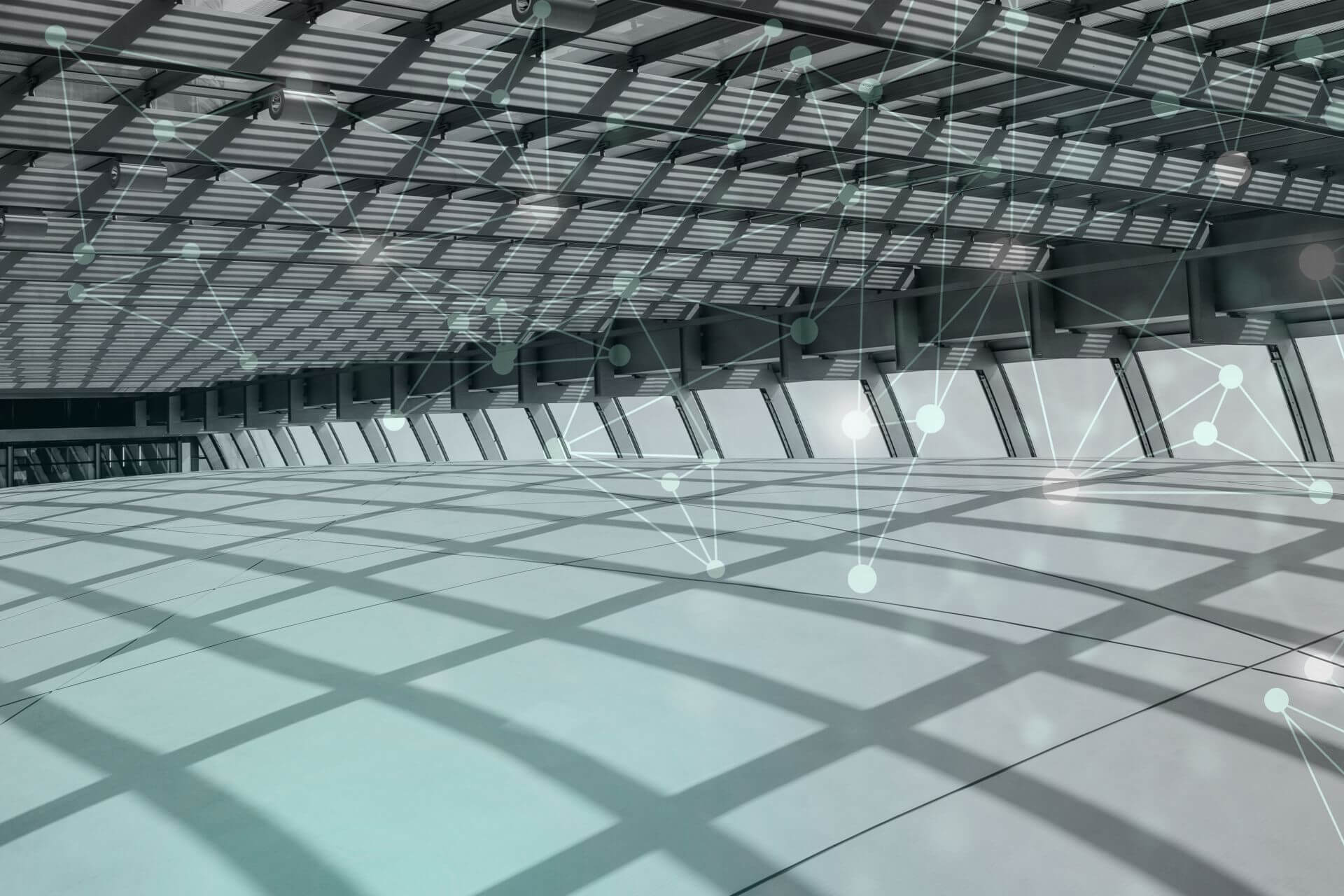BRIDGES: A GREAT OPPORTUNITY LIES AHEAD
AN OPPORTUNITY TO MAKE UP FOR LOST TIME
Bridge building in Greece has a rich history, marked by both past accomplishments and recent achievements. While each bridge often has its own unique historical and architectural significance, their most important function remains practical: they connect two or more points and greatly enhance the daily lives of the people who use them. But what is necessary for the functionality of any bridge or communication line, such as a road, railway, pedestrian pathway, or pipeline over an obstacle? The answer is practical: an organised and methodical plan for the inspection, evaluation, and maintenance. Unfortunately, such a plan has not yet been implemented or scheduled for the near future.
While we have fallen behind at the national level in this regard, significant progress has recently been made concerning the national wealth of bridges in the country. The first of these steps is the drafting of the Regulation for the Inspection and Maintenance of Bridges (R.I.M.B. 20.10.2020), and the second is the contract for the Unified Digital Map and the National Infrastructure Register, which was signed just last December (23.12.2021).
By institutionalising the rules and procedures for the Inspection, Evaluation, and Maintenance of Bridges, as well as the procedures for the registration of existing and new bridges in the National Register, our country is creating a great opportunity: today, with the new technologies available, we can make a complete and detailed mapping of the situation and formulate a plan of proposed actions.
Ten years ago, non-destructive testing was difficult to implement. Today, we have the technology and tools to see 3 metres into concrete without disturbing the existing infrastructure.
THE FIRST STEP: THE ANALYSIS
The first step in managing a situation is research and analysis to understand and plan the next steps.
Using the methodology of Physical Asset Management, Atom Group can create, through on-site inspections, a nationwide mapping of the “baseline condition” of the general and geometric elements, as well as the materials of each bridge. This map will serve as the foundation for the study of repair and maintenance. Our team, acting as technical consultants, can carry out Basic, Main, Periodic and Special Inspections and determine the type of technical and operational action required. Our inspectors can use techniques such as:
Visual Inspection: the most common method, which can also be used in hard-to-reach locations with Remote Visual Inspection (RVI) tools, such as a drone, to provide visual information from a distance.
Acoustic Inspection: for the detection of cracks or separations in the materials used in the construction of the bridge, such as delamination or flaking of the coating.
Thermal Inspection: where changes in infrared radiation from the surface of a bridge could indicate deterioration or spalling in the concrete.
Ground Penetrating Radar (GPR): used to capture an image of the area beneath the concrete in a bridge to detect defects such as cracking or delamination.
By using the best available methods, we gain immediate access to critical locations that are either difficult to see or situated in areas where traffic control or standard access equipment is simply not feasible.
In addition, Atom Group offers a range of services to meet preventive maintenance, predictive maintenance and repair requirements and can be the ideal partner for bridge operation and maintenance organisations.


